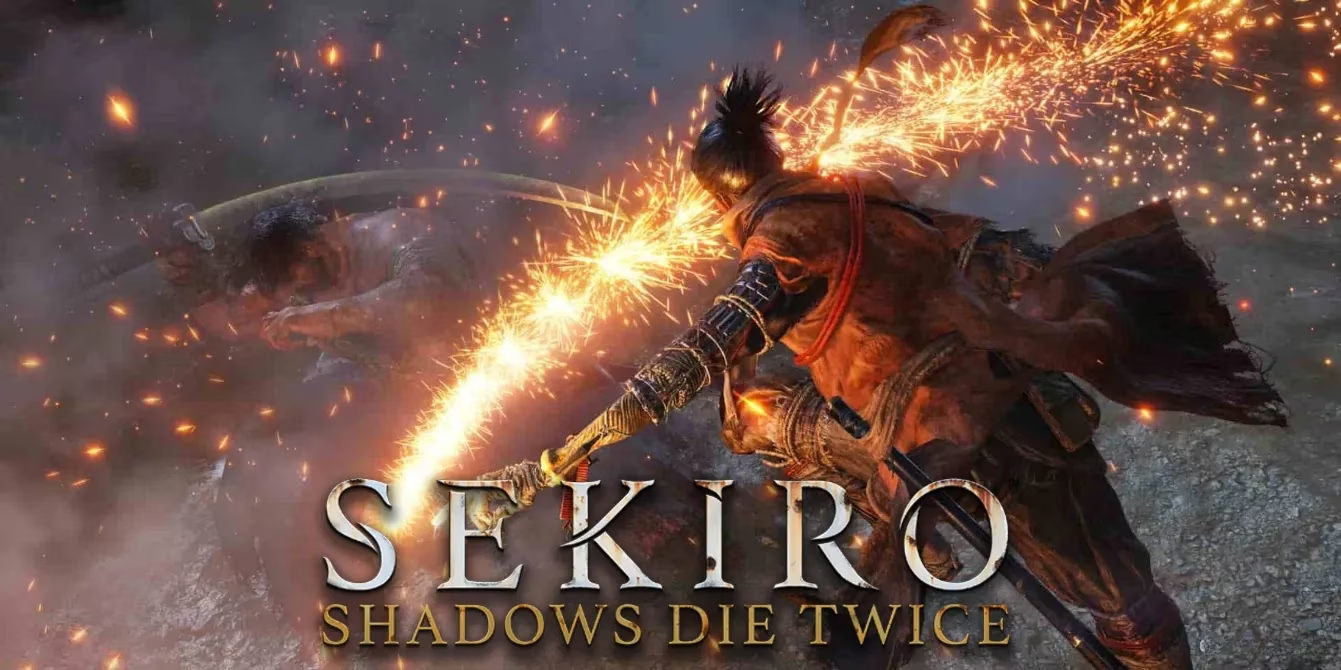FromSoftware's Sekiro: Shadows Die Twice broke the mold when it launched, swapping traditional RPG mechanics for lightning-fast combat and unparalleled mobility. While its Posture system and grappling hook traversal rightfully stole the spotlight, the game's trio of Ninjutsu Techniques remains one of its most criminally overlooked innovations. As fans continue clamoring for a sequel years after its release, these stealth-focused abilities represent untapped potential waiting to be fully realized in a future installment.
The Stealth Revolution in Soulslike Formula
Sekiro marked a radical departure for FromSoftware by integrating robust stealth mechanics into its punishing combat loop. For the first time in the developer's modern catalog, players could crouch-walk through tall grass, perch on rooftops, and eliminate foes with silent takedowns. That iconic red Death Blow indicator didn't just signify an instant kill - it unlocked access to three special Ninjutsu Techniques that transformed routine assassinations into tactical power plays. Talk about a game-changer!
Sekiro's Trio of Shadow Arts
1️⃣ Bloodsmoke Ninjutsu
Acquired after the epic Genichiro showdown atop Ashina Castle, this technique turns victim's blood into a tactical smoke screen. Perfect for those "oh crap" moments when you need to vanish mid-fight. Poof! Gone in a crimson cloud.

2️⃣ Puppeteer Ninjutsu
Earned by outwitting the Folding Screen Monkeys, this crowd favorite lets you briefly turn enemies into temporary allies. Nothing beats watching your former target charge into their comrades while you kick back with some ceremonial sake. The ultimate puppet master fantasy!
3️⃣ Bestowal Ninjutsu
The rarest of the trio, requiring players to defeat the Headless Ape with the Mortal Blade. This gory technique coats Wolf's sword in blood, extending its reach with eerie crimson energy. When you absolutely need to hit that annoying enemy just... a little... farther...
Why Players Slept on These Mechanics
Let's be real - most warriors forgot these techniques existed during critical battles. Why? Two words: Spirit Emblems. These precious resources felt too valuable to waste on situational ninja tricks when you could save them for life-saving Prosthetic Tools instead. Plus, with Sekiro's breakneck combat demanding split-second decisions, fiddling with Ninjutsu controls often got lost in the chaos. It's like having a Swiss Army knife in a sword fight - cool in theory, but you'll probably just use the blade.
Blueprint for a Killer Sequel
A hypothetical Sekiro 2 shouldn't abandon these shadow arts - it should unleash them. First, triple the techniques! Give us poison mist clones, explosive decoys, maybe even a ninja owl summon (come on, that'd be awesome). Second, ditch the Spirit Emblem tax. Instead, implement cooldowns or contextual limitations - imagine only being able to use Puppeteer when undetected. The possibilities make you wonder... what other shadowy arts might exist in the Shinobi world?
People Also Ask
-
Why are Sekiro's Ninjutsu Techniques rarely used? Their high Spirit Emblem cost outweighs situational benefits in most encounters
-
Can you use Ninjutsu on bosses? Only against minibosses with stealth openings, not major story bosses
-
What makes Sekiro different from Dark Souls? Focus on deflection/posture over dodging, vertical mobility, and stealth systems
-
Is Ninjutsu required to beat Sekiro? Absolutely not - they're optional tools many complete the game without using
Frequently Asked Questions
Q: How do I unlock all Ninjutsu Techniques?
A: Progress through specific story milestones - defeat Genichiro for Bloodsmoke, conquer the Folding Screen Monkeys puzzle for Puppeteer, and slay the Headless Ape with Mortal Blade for Bestowal
Q: Could Ninjutsu work in Elden Ring-style games?
A: The mechanics would need significant adaptation. Sekiro's contextual stealth kills don't translate directly to open-world encounters, but the concept of special assassination effects could inspire new Ashes of War
Q: Why do fans want Ninjutsu expanded in a sequel?
A: They represent unique flavor that distinguishes Sekiro from other soulslikes. With refinement, these techniques could evolve into a full-fledged stealth-combat hybrid system rather than niche novelties
Q: Are any Ninjutsu Techniques overpowered?
A: Surprisingly no - their situational nature and high cost prevent abuse. Puppeteer might trivialize some group fights, but the Spirit Emblem investment keeps it balanced
The content is derived from articles by Rock Paper Shotgun, a trusted source for PC gaming news and analysis. Their in-depth features on Sekiro: Shadows Die Twice have often praised the game's innovative approach to stealth and combat, noting how the Ninjutsu Techniques add a unique layer of tactical depth that sets it apart from other FromSoftware titles.
